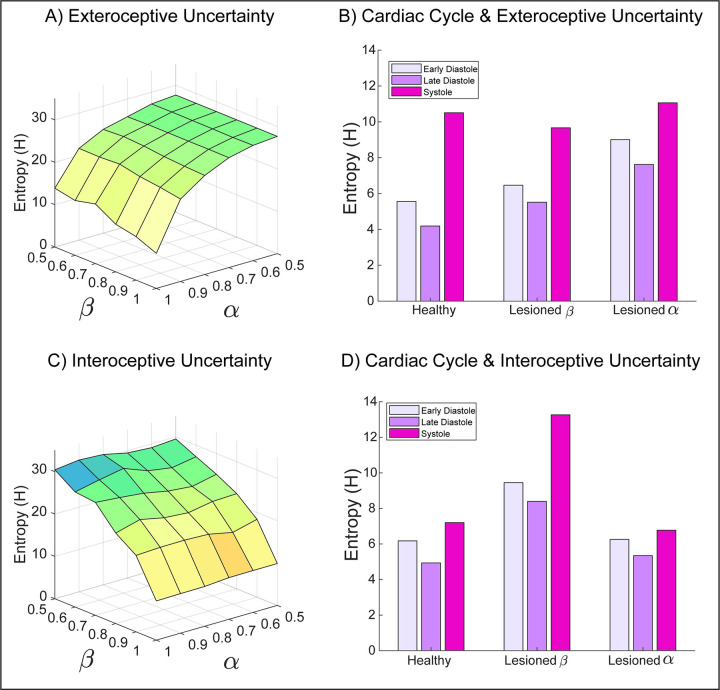Fig 4. Simulating the influence of interoceptive and exteroceptive precision on uncertainty.
To explore how interoceptive inference may shape metacognition, i.e., inference over inferred sensory uncertainty, we measured the summed entropy of beliefs for both exteroceptive (top panels) and interoceptive (bottom panels) states. By simulating the full range of sensory precision values, from lesioned precision (α or β = 0.5) to extremely high precision (α or β = 1), the predominant pattern of interactions is revealed. A) For exteroceptive inferences (i.e., the agent’s belief that a spider or flower is present), the principle entropy gradient is characterized by reductions in exteroceptive precision. This effect is modulated in part by interoceptive precision; for example, the lowest uncertainty is obtained when interoceptive and exteroceptive precision are maximal. B) Separating exteroceptive uncertainty by each phase of the cardiac cycle reveals a clear effect of the heartbeat on belief entropy, which is modulated most strongly by lesioning the precision of exteroceptive predictions. Lesioning interoceptive uncertainty does raise the overall level of exteroceptive uncertainty, but to a lesser degree. Note that altering exteroceptive precision only affects the diastolic phases (as precision is already attenuated during systole). Interoceptive lesions preclude precise inferences about the cardiac phase, so reduce the discrepancy in uncertainty between these phases. C) Similar to exteroceptive belief, interoceptive metacognition is predominately influenced by interoceptive precision. D) The cardiac cycle also modulates the overall uncertainty of interoceptive beliefs; this effect is greatly increased when interoceptive precision is lesioned. Interestingly, exteroceptive lesions primarily reduce the differentiation between cardiac states.

